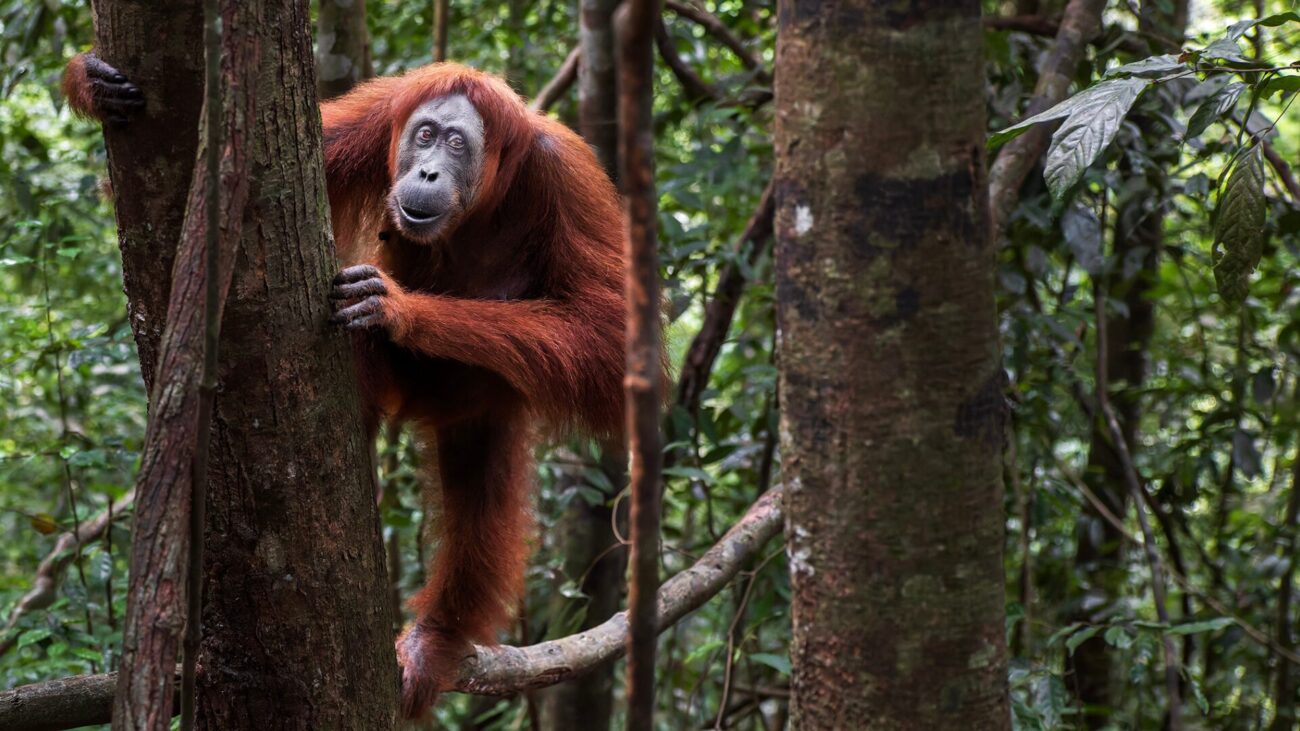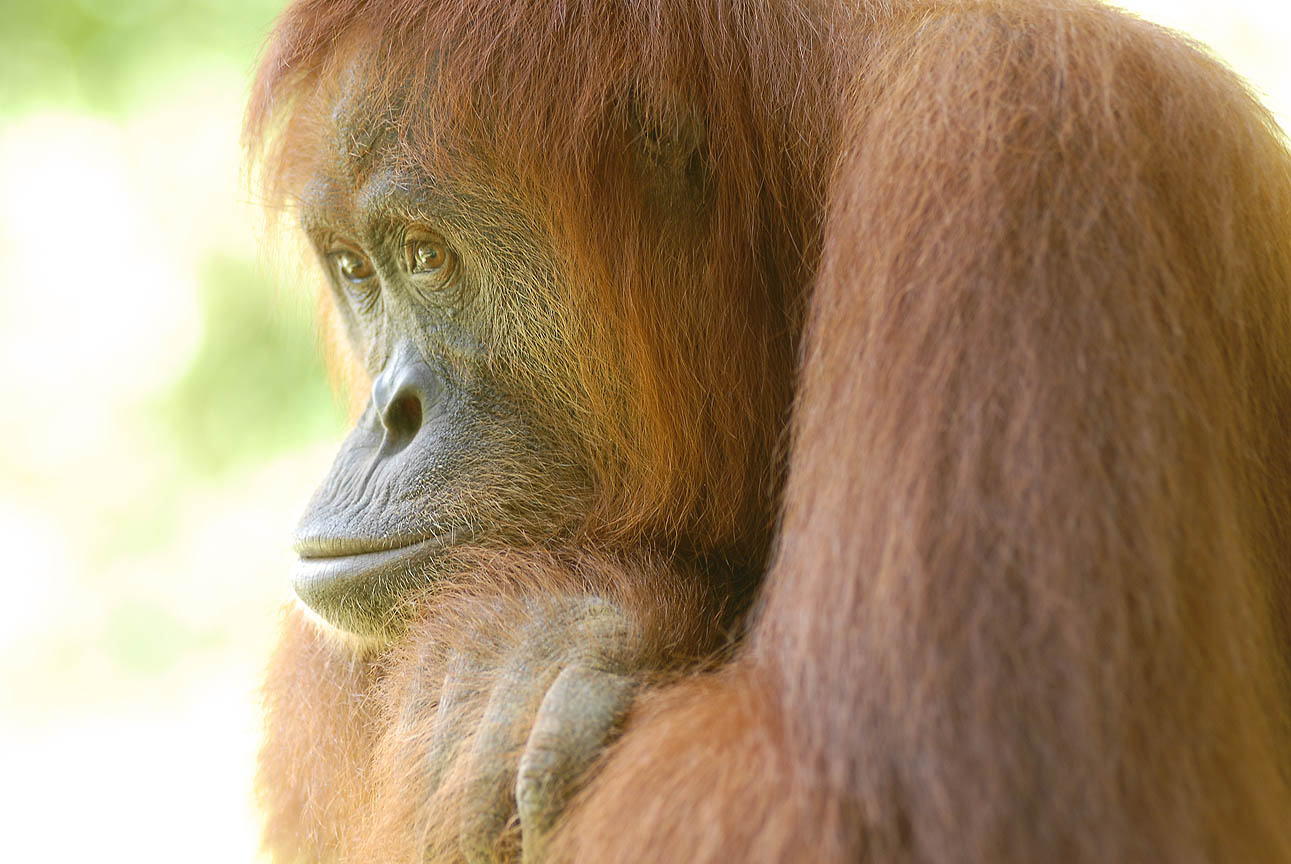
Orangutans are social learners. They learn by watching and copying others, just like humans. During infancy, they stay with their mothers for many years to learn essential survival skills. This social learning is essential to their survival. It helps them avoid risks, acquire knowledge faster, and benefit from the collective wisdom of their peers. Now, researchers have found that this social learning continues into adulthood.
Although orangutans have extensive home ranges, migration into new ones can be challenging. Social learning is essential for migrant orangutans to adapt and thrive. When they move to a new area, orangutans observe the locals through “peering”. This helps them find food and navigate their new surroundings.
The rates of “peering” were highest shortly after arrival and decreased over time. Orangutans would “peer” more at their neighbours if they engaged in rare, complex or skilled behaviours. They would then practice the new behaviour, demonstrating how knowledge is passed from one another.
This study sheds light on how orangutans adapt and learn. By understanding social learning, we can better protect these amazing animals and their precious habitats.
You can help protect Sumatra's Orangutans. Click to get updates
